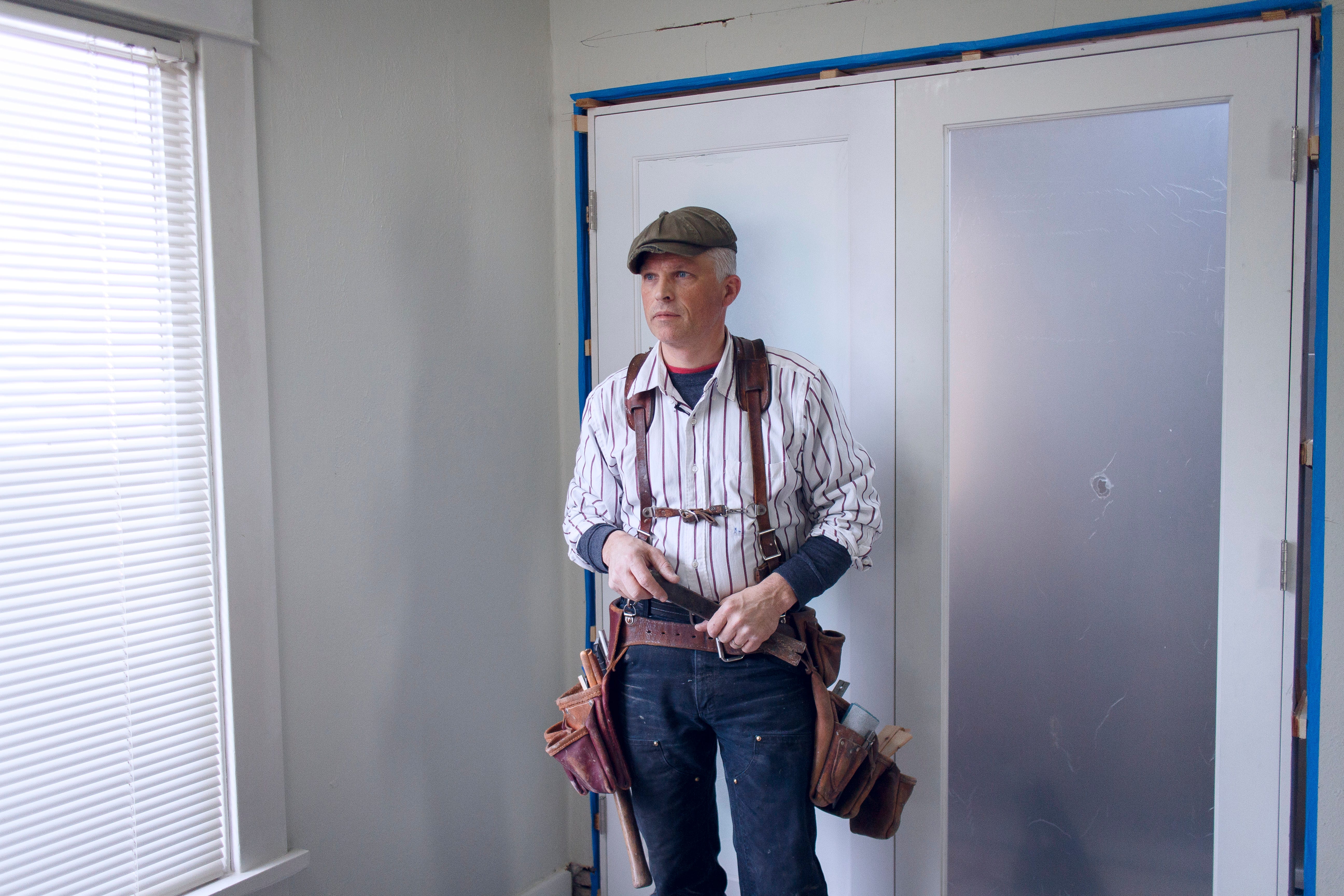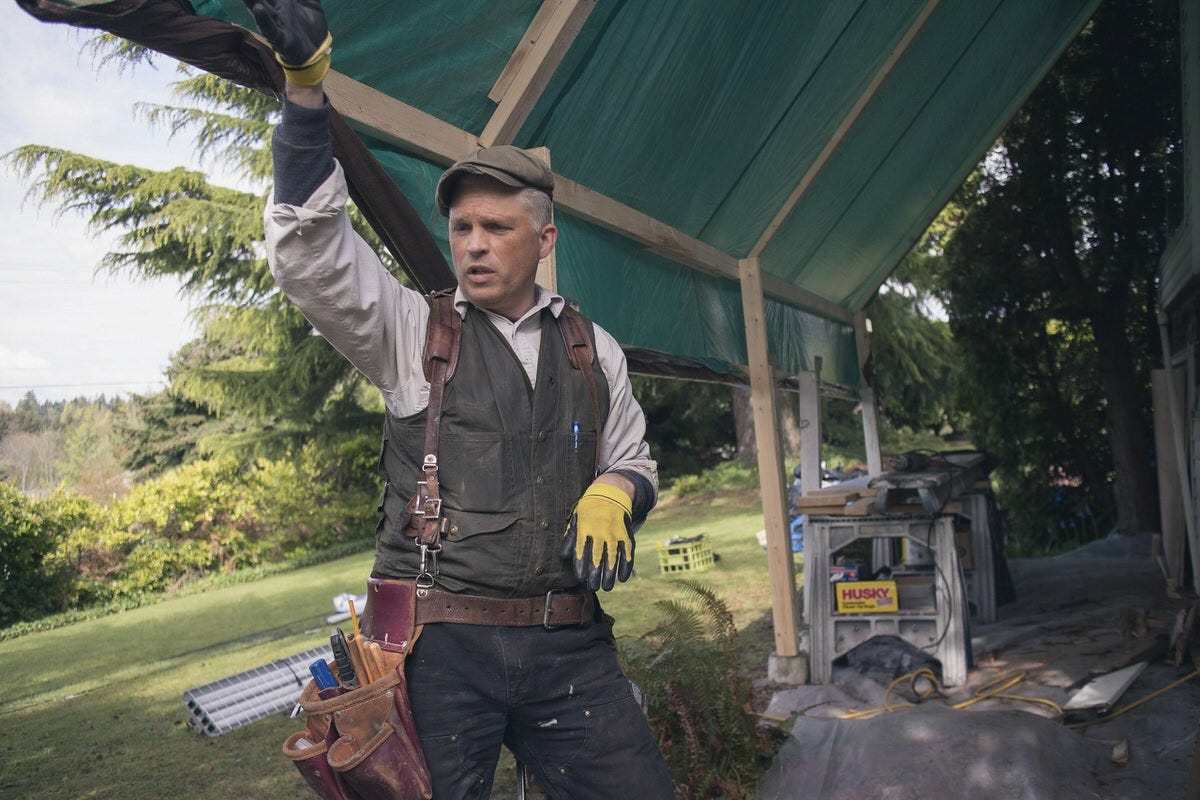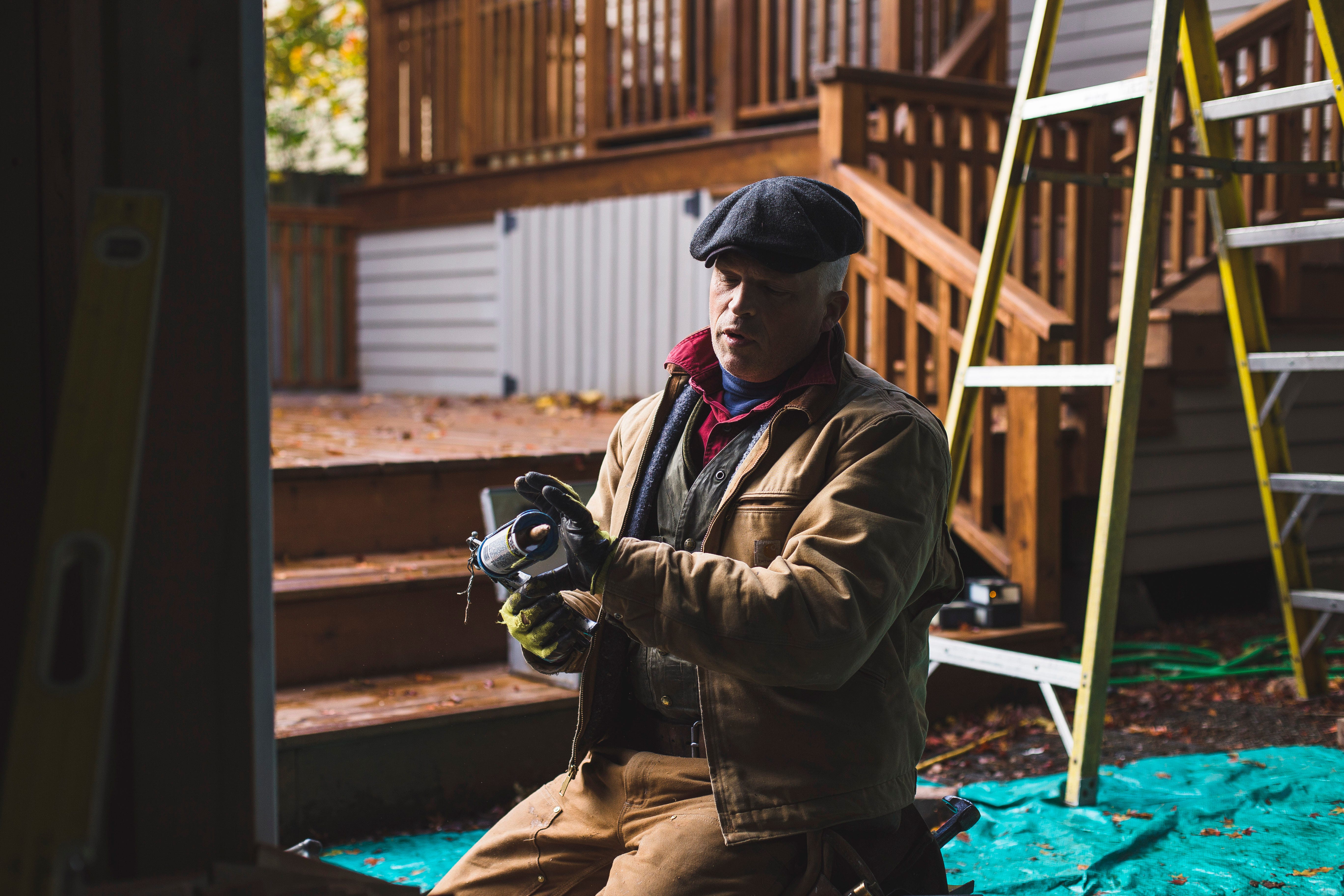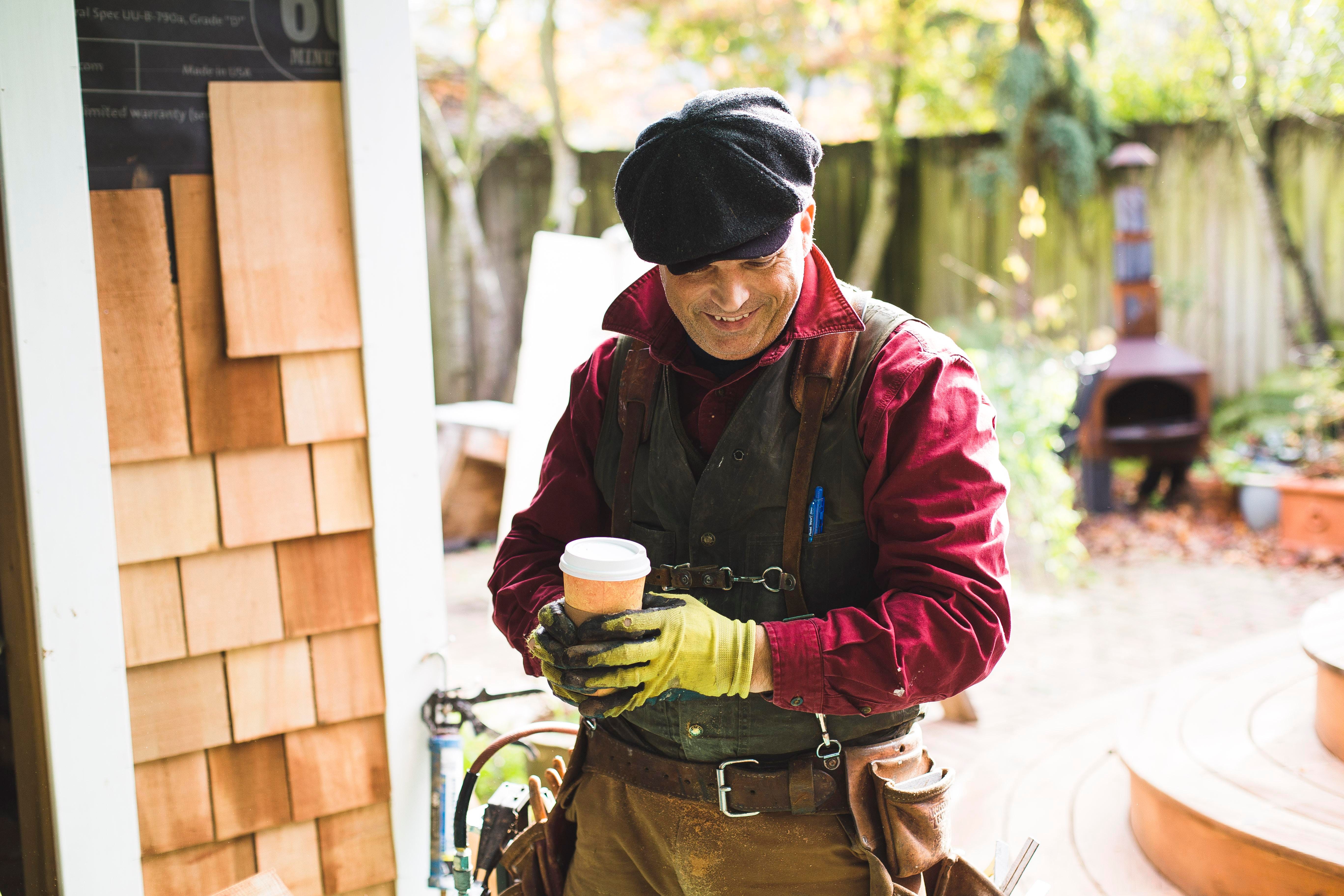
I began to understand the value of choosing the right clothing a long time ago. Growing up in the extreme Yukon wilderness environment, being prepared with proper clothing was something that was taught from a young age to kids living in the bush. It wasn’t about wearing the latest fad or style so much as it was about understanding how to identify the environment and seamlessly match our clothing for comfort given the task at hand.
For instance, at 30 degrees below zero, mukluks are a good choice if you’re doing a lot of walking—because the flexibility and vibration from doing so keeps the blood circulation going, thus keeping the feet warm. However, if you’re going to spend all day sitting on a snowmobile, then a pair of thick insulation boots would be better. Sure, most of us in the Puget Sound don’t have to worry about working in extreme cold environments, but this example underscores the need to make the right choice. It’s the same type of choice we as tradespeople make every day in deciding the appropriate clothing we will wear to our jobs, given task list, professional look, weather, and safety.
Invest in work clothing—it’s a reflection of professionalism
Understanding and investing in our clothing is just as important as investing in our tools, because being prepared with the right choice of clothing can make the difference between being comfortable and being miserable. It’s also important to understand that our clothing represents us as professionals, and as such, should reflect a neat, clean attitude. In my mind, a raggedy look is unprofessional and reflects a lack of care. A lot of residential contractors have a conduct and dress code for their employees because it sets and maintains the tone of professionalism, identifies the group as a team, and bolsters the brand of the company.
As an individual tradesperson working for an employer, it’s the same thing. They will see the effort you put into your professional working attire and consider that a personal reflection of your professional attitude. Putting in effort will gain you favor. I know, because as an employer, I understand how important it is to have professional representation for clientele on my projects. The last thing an employer wants to worry about is complaints stemming from a customer seeing a disheveled crew. The investment in a working wardrobe has great value—to the contractor, the customer, to the trades employee, and in the professional reflection of the construction industry as a whole.

Dress for the worksite
When it comes to a working wardrobe, quality is more valuable than quantity. Value doesn’t mean going out and buying the cheapest clothing you can find, but rather, purchasing comfortable clothing that will withstand time, protect you, and suit your specialized needs. Identifying the work environment and the tasks performed is important—don’t waste money on something that isn’t going to work. If you’re a contractor and all you do is manage your business and sell projects, you don’t need three pairs of long johns or durable work boots. You’re probably wearing jeans, a white shirt, light work shoes that slip on and off, and a light jacket. But if you’re like me and spend a lot of physical time working outdoors with your bags on, you’re wearing clothing that’s meant to be worn in layers. It’s not uncommon for me to be wearing six layers of upper body clothing in cold, wet, windy weather. Safety comes into play too, and Labor & Industries will have workwear requirements for certain job sites.
Another thing to consider is whether you’ll be performing multiple tasks in multiple conditions—during remodels, we work inside and outside at any time of the year. If you’re a hands-on working contractor, you’re also meeting with clients and managing your business, adding another type of clothing for that task. I carry a backpack in my truck with a grooming kit, extra clean wear, and meeting clothing on a hanger so I can change at a moment’s notice if needed. Making an investment in your clothing is as simple as prior planning, and it all starts with taking the time to identify your needs.

Buy quality clothing that fits
Most of us know by now what brands best fit our body type. Because we are all different in shape and size, the cut of some brands just fit better than others. Clothing that is too tight will rub or chafe, creating an uncomfortable distraction from your work. I have pants and shirts that are one size larger so they don’t fit uncomfortably tight when I decide to wear long johns or extra layers underneath. On the other hand, clothes that are too loose will look sloppy and are more likely to snag on something, or worse—draw you into an operating tool, causing bodily harm.
It’s also important to have workwear that is stitched and woven for quality, especially for a hardy work environment. Taking the time to understand and identify quality is worth it. For instance, feel the thickness and flexibility of denim in different pants. Some are thin and totally pliable, and some are thick and stiff, which last longer. Look at the stitching and seams—are they double-stitched? Triple-stitched? When you look for this, it’s easy to see where the weak points are and if the manufacturer is cutting corners by not adding extra stitching or rivets at stress points. If you haven’t thought about the ergonomics of your work clothing and what's available on the market, I encourage you to do so. It will take time, but it's worth it in the end.

Clothing is just as important as tools
My love affair with quality clothing and its intended purpose comes from the mind of a master craftsman. For me, clothing is like any other tool. I’ve learned about clothing science, and thought out my work wear’s very specific uses and functions to support my activities. The best tradespeople I know have this kind of background knowledge about their tools, so why should it be any different about our work clothing? Clothing is just as important as tools, and makes all the difference in being comfortable and prepared.




